Customer Feedback Technologies for Product Improvement
EPA System / News & Eventi

How to Collect and Utilize Customer Feedback to Develop and Enhance Company Products
In a constantly evolving market, understanding customer needs and expectations is essential for the success of any business. Customer feedback technologies are revolutionizing how companies collect and utilize consumer opinions to improve their products and services. In this article, we will explore the various technologies available, the benefits of an effective feedback system, and how to implement these technologies to gain a competitive edge.
What is Customer Feedback?
Customer feedback is the collection of opinions, suggestions, and comments that customers provide about a company’s products or services. This feedback can be gathered through various channels such as surveys, online reviews, social media, and customer support. The primary goal is to obtain valuable insights that can guide the development and enhancement of products, while also improving the overall customer experience.
Customer Feedback Technologies
1. Online Surveys
Online surveys are one of the most traditional and widespread methods for collecting customer feedback. Tools like SurveyMonkey, Google Forms, and Typeform allow companies to create customized questionnaires that can be sent via email, shared on social media, or embedded on company websites.
2. Online Reviews and Ratings
Review platforms such as Yelp, Trustpilot, and Google Reviews offer a way for customers to share their experiences publicly. Companies can monitor these reviews to identify areas for improvement and respond directly to negative feedback.
3. Social Media Listening
Social media listening tools like Hootsuite, Sprout Social, and Brandwatch enable companies to monitor conversations on social media about their brand. This type of feedback is often unsolicited and can provide an authentic view of customer opinions.
4. Chatbots and Customer Support
Chatbots and online customer support systems, such as Zendesk and Intercom, automatically collect feedback during interactions with customers. These tools can identify common issues and suggest improvements based on customer conversations.
5. Data Analytics
Data analytics tools like Google Analytics and Tableau can collect and analyze user behavior on company websites. These data can highlight customer preferences and identify areas that need improvement.
Benefits of Customer Feedback
1. Product Improvement
Customer feedback provides detailed information on what works and what doesn’t. Companies can use this data to make continuous improvements to their products, ensuring they meet customer expectations.
2. Customer Retention
Actively responding to customer feedback demonstrates that the company values customer opinions. This can increase customer loyalty and the likelihood of repeat purchases.
3. Innovation
Feedback can reveal new product opportunities or features requested by customers. Listening to customers can drive innovation and the development of new products.
4. Competitive Advantage
Companies that effectively use customer feedback can differentiate themselves from competitors by offering products that better meet market needs.
How to Implement an Effective Feedback System
1. Define Objectives
Before implementing a feedback system, it is important to clearly define the objectives. What do you want to achieve from customer feedback? Which product areas do you want to improve?
2. Choose the Right Tools
Select the feedback tools that best suit your needs. Consider ease of use, compatibility with existing systems, and the features offered.
3. Engage Customers
Encourage customers to provide feedback through various channels. Offer incentives such as discounts or freebies to increase participation.
4. Analyze Data
Use analytics tools to interpret the collected data. Identify patterns and trends that can guide product improvement decisions.
5. Act on Feedback
Customer feedback is useless if not acted upon. Implement necessary changes and communicate to customers the actions taken based on their feedback.
6. Monitor Results
After making changes, monitor results to see if they had the desired impact. Continue collecting feedback to ensure continuous improvements.
Customer feedback technologies are powerful tools that can transform how companies develop and improve their products. By effectively utilizing these tools, companies can gather valuable insights, increase customer satisfaction, and gain a competitive edge. Investing in a customer feedback system is not just good business practice but a necessity in an increasingly customer-centric market.


